










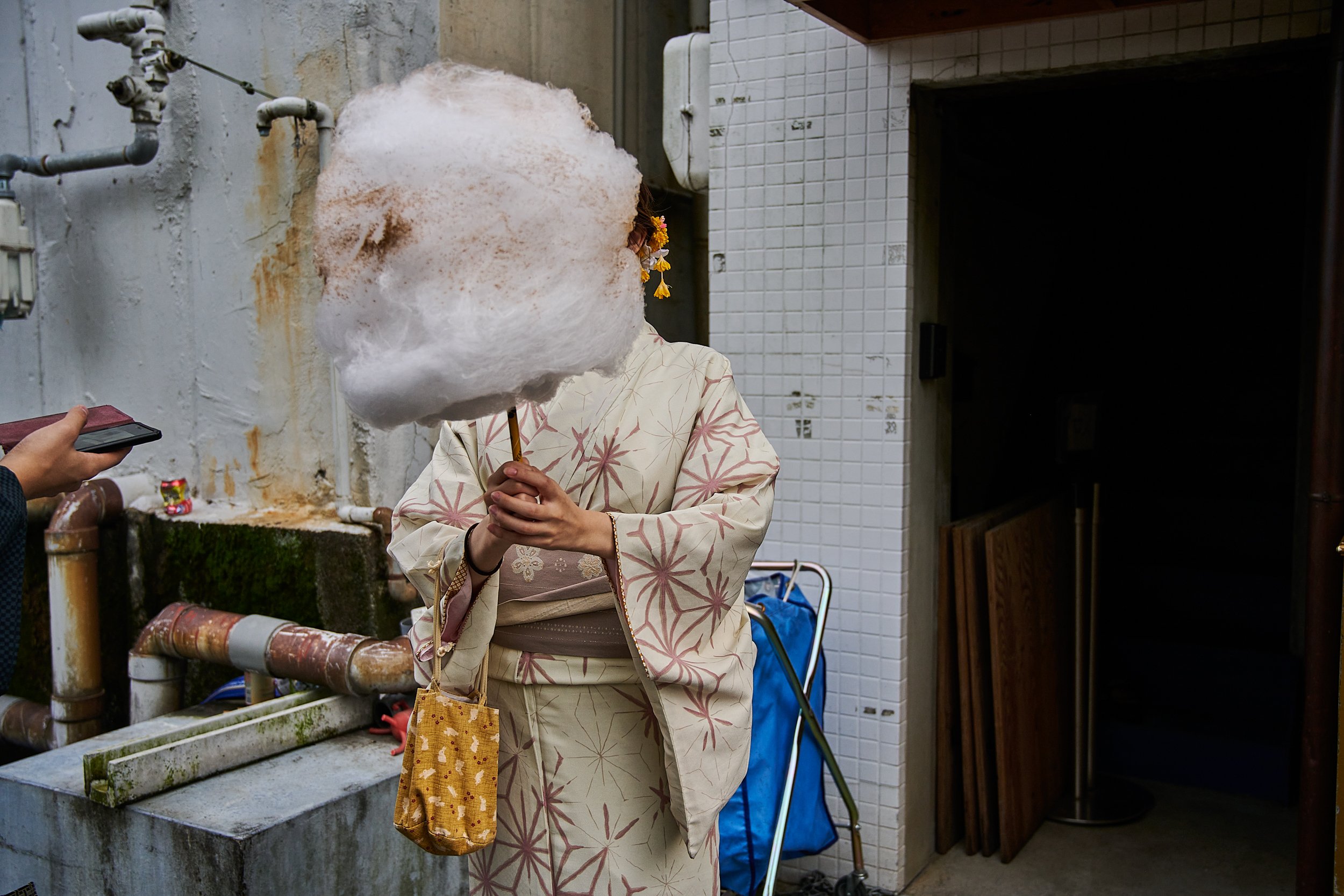
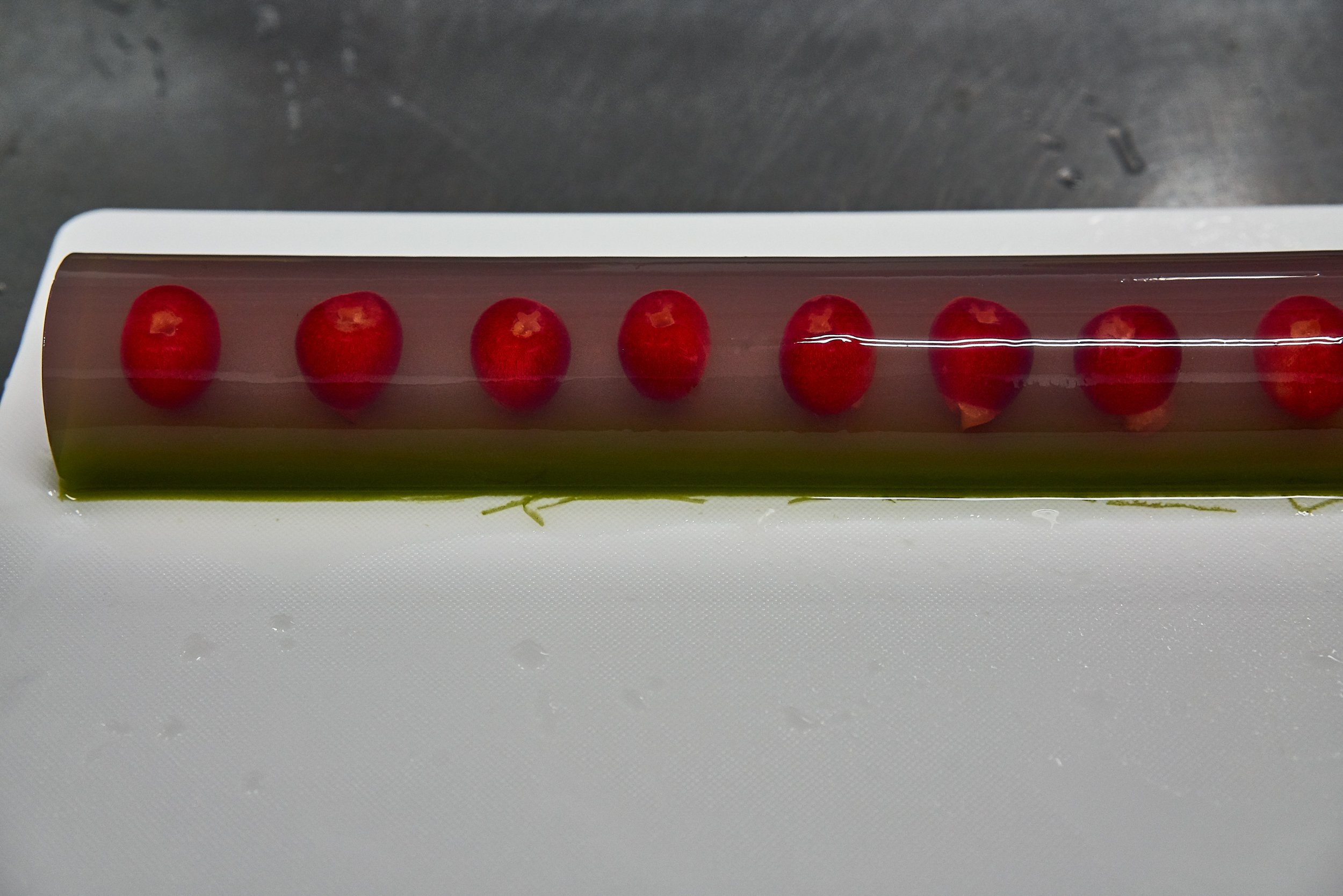

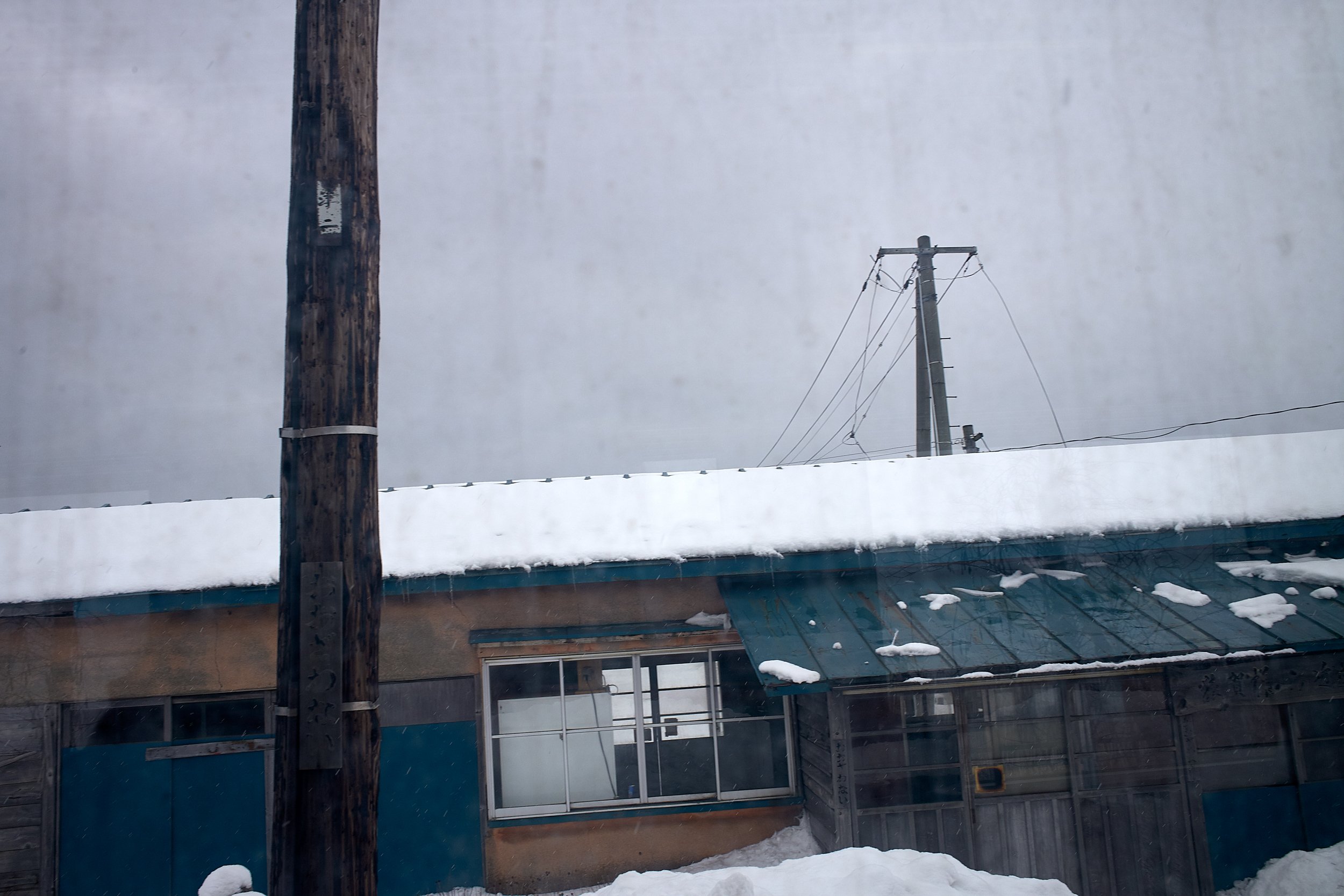

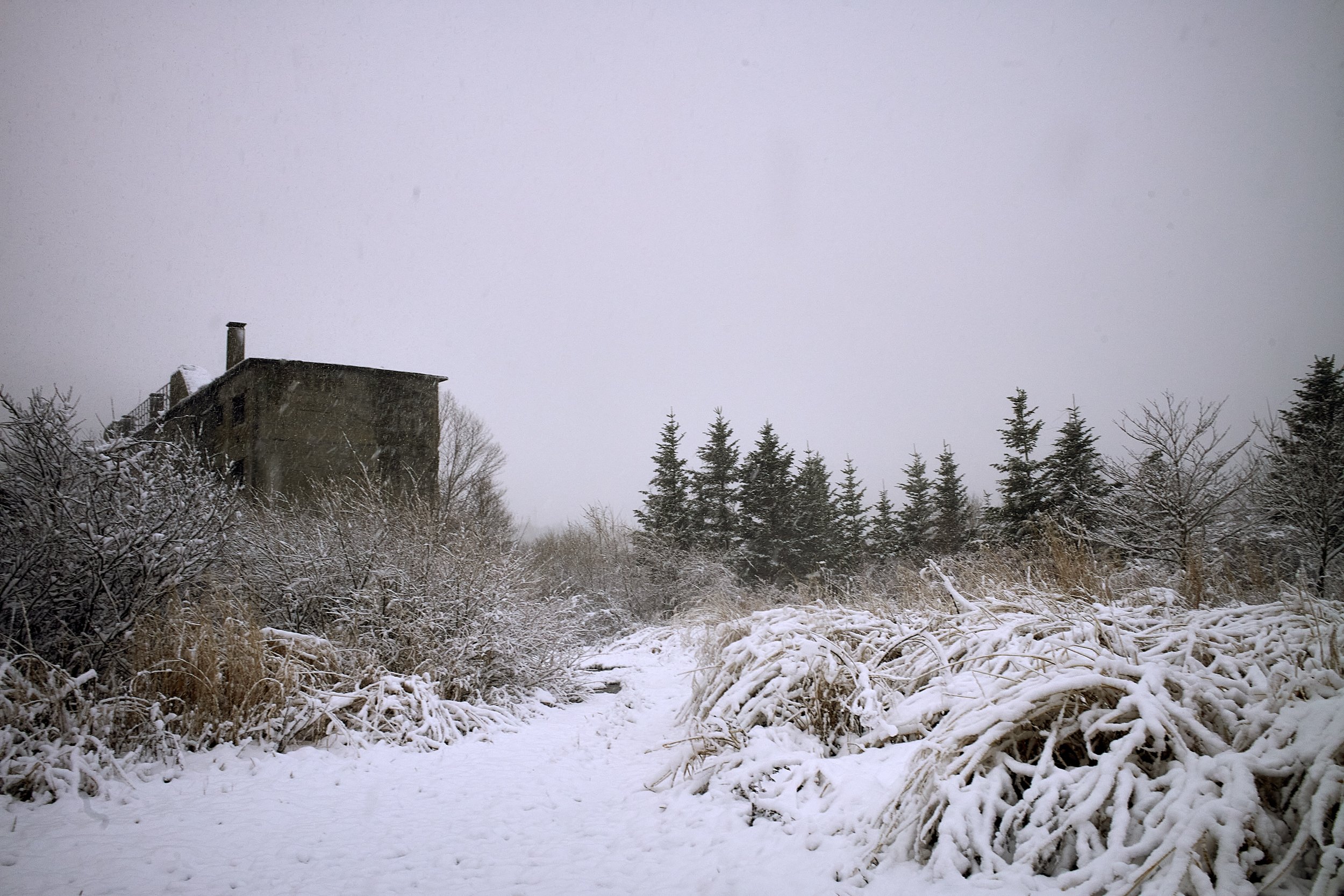

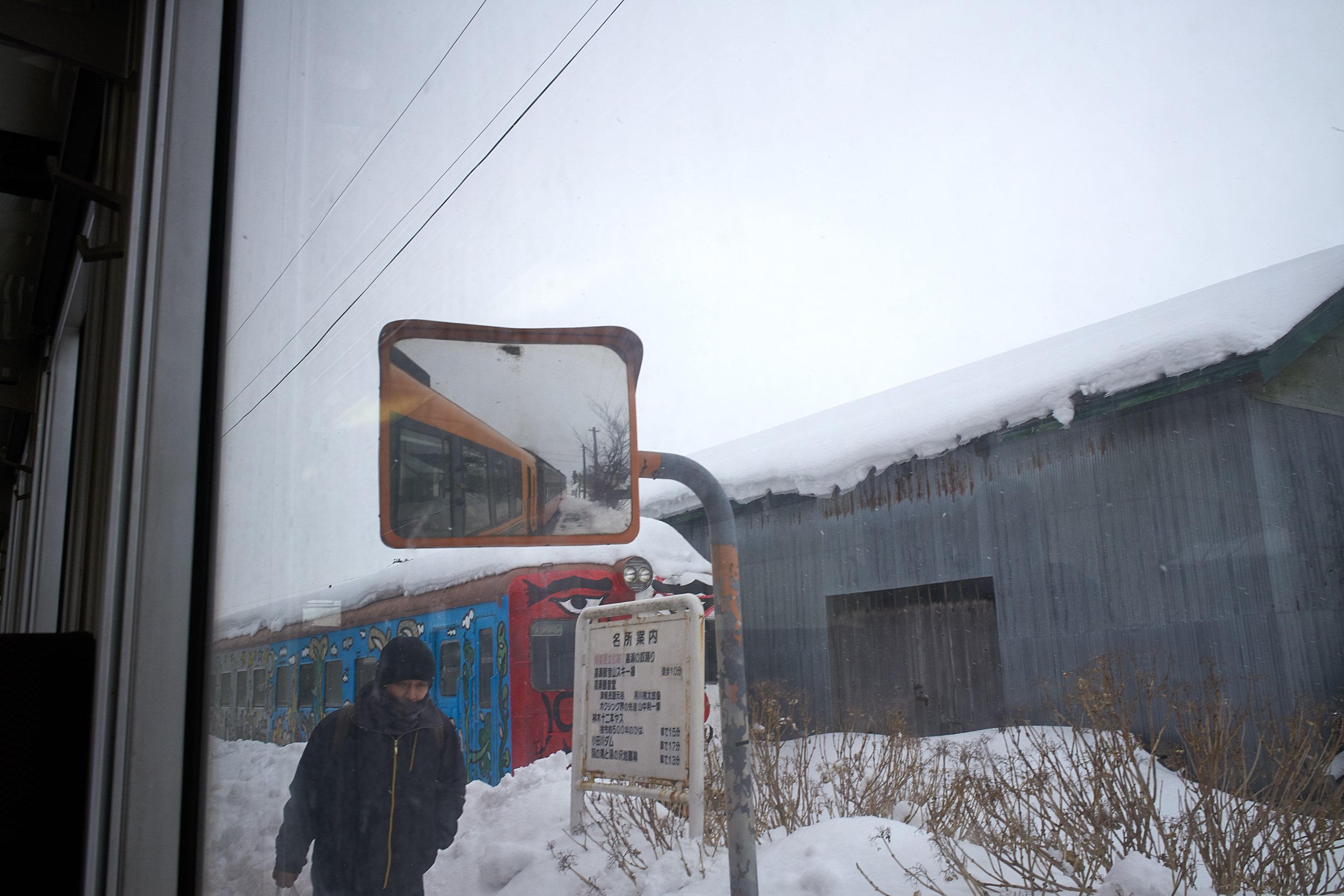

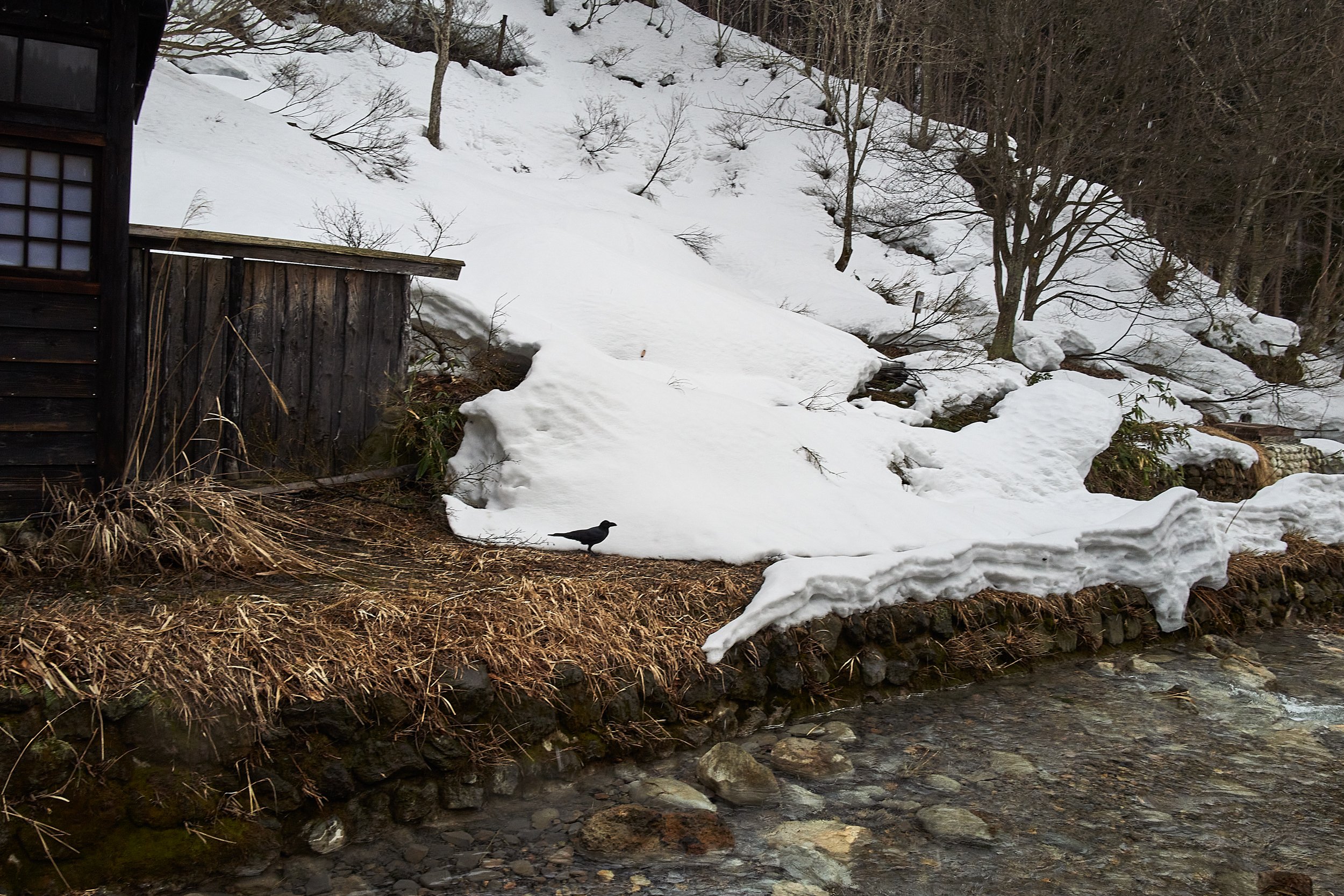















JO HA KYU
Jo ha kyu is an overarching principle of form in traditional Japanese arts. The movement of jo ha kyu involves an initial slow pace, giving an impression of expectation and exploration, which gradually speeds up, and then swiftly climaxes and terminates.
The final and most important step in the art of photography is editing a sequence of images. I have always likened the process to music composition. Movements in music composition are an inspiring guide when creating a sequence of photographs.
In traditional Japanese music the beauty of jo ha kyu lies not in the use of contrasting materials, but in the slow evolving texture and changing timbre of the instruments. Short intervals or breaks between the tempo modulations in jo ha kyu are called Ma, which refers to the breaking of rhythm. Ma is essentially an interval between spatial or temporal things and events. Literal translations of Ma are gap, space, pause or the space between two structural parts. In Japanese arts, Ma is emphasized and essential..
Zeami, the great Noh creator and theorist, likened jo ha kyu to a small stream that becomes a river then ends as a waterfall finally crashing into a still pond. Japanese art is not distinct from nature, but part of it.
In my book titled Jo Ha Kyu, I used the principle of jo ha kyu, to guide the edit. To this day jo ha kyu informs cinema, dance, theater, music, as well as martial arts and now photography.